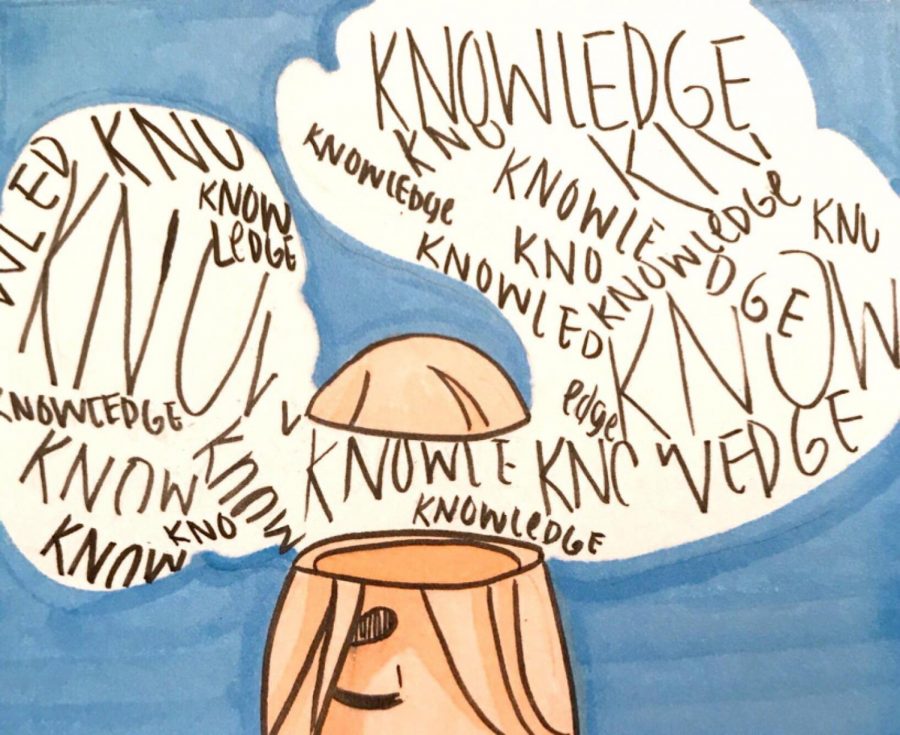Memorization: It Doesn’t Have To Be Hard
September 27, 2018
Sometimes no matter how hard we try, we just can not seem to remember the facts we so desperately need for our next quiz or exam. Even after going through our many, many pages of notes, the information just can’t seem to click. From the box method to creating humorous acronyms, there are plenty of tricks we students can use to memorize information best, and here are two quick and easy tips you can try.
The first method we can adopt is the box method. This practice is especially useful when you are trying to remember vocabulary terms and extensive lists in classes like AP Human Geography. First, create flashcards by writing the desired term on one side and the definition on the other, just as you would any other flashcard. Acquire five boxes (or, really, any kind of categorization that would work like rubber bands or paperclips), and label the first one “Every day”, the second one “Every other day”, the third one “Every week”, the fourth one “Every two weeks”, and the last one “Every month”. The procedure at this point is pretty self-explanatory. Place all cards on your first day of studying in the “Every day” box. As you master definitions, put the correct ones in the second box and the wrong ones back in the first box. The ones you get right from the second box will then be added to the third box and so forth. The fourth and fifth box will only be necessary if you plan on preparing for your exam for over a month, but of course, it never hurts to practice. Here’s the catch: every time you get something wrong, the card has to go back to the first box. For example, if you were studying from your “Every month” box, and you happen to incorrectly answer one of the questions, it’s going straight back to the “Every day” box, making the process rather tedious. Still, sophomore Elena Chan said, “The box method helped me during my prep for the AP Psychology test because the course is primarily a vocab-based test, so knowing the terms really helped me. I used this method to help me memorize the more complex concepts of the test like the different functions of the brain.” Try this one out!
The second method is simply creating acronyms. Although this may not be as successful as the box method, it’s an easy and fun way to remember a small list of vocabulary or a short series of questions. All you have to do is use the first letter of every term to create another word. For example, the acronym “CHONPS” could be a way to remember carbon, hydrogen, oxygen, nitrogen, phosphorus, and sulfur, the basic elements of life. Junior Jaycee Sacdalan says, “PEMDAS and Dear King Phillip Came Over For Good Spaghetti was so helpful for me in seventh grade. Lifesaver.” The key thing to remember while using this method is that your acronym can be a single word or a funny phrase, and it doesn’t even have to make sense — “CHONPS” certainly doesn’t! As long as it works for you, you’ll have successfully used the acronym method.
Memorization can be tough, but these two methods are sure to make your long hours of studying more productive and efficient. Happy studying, and good luck!

